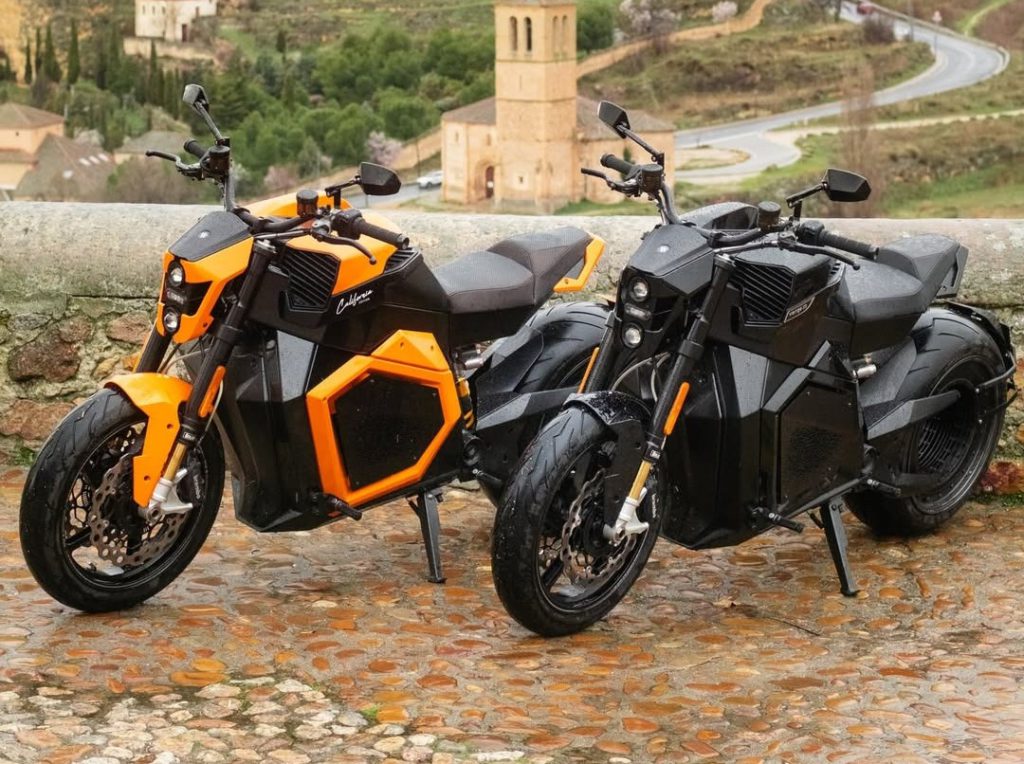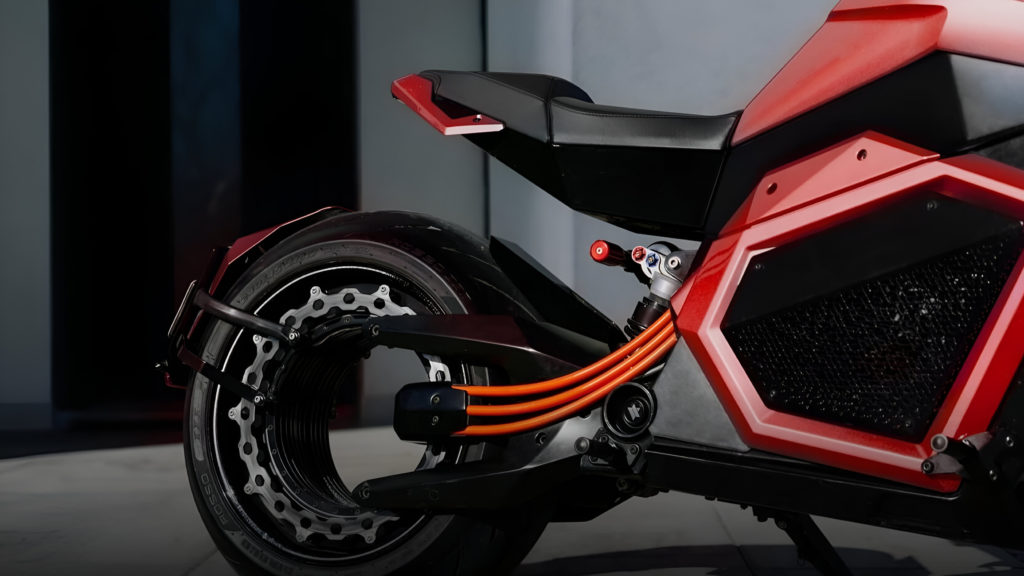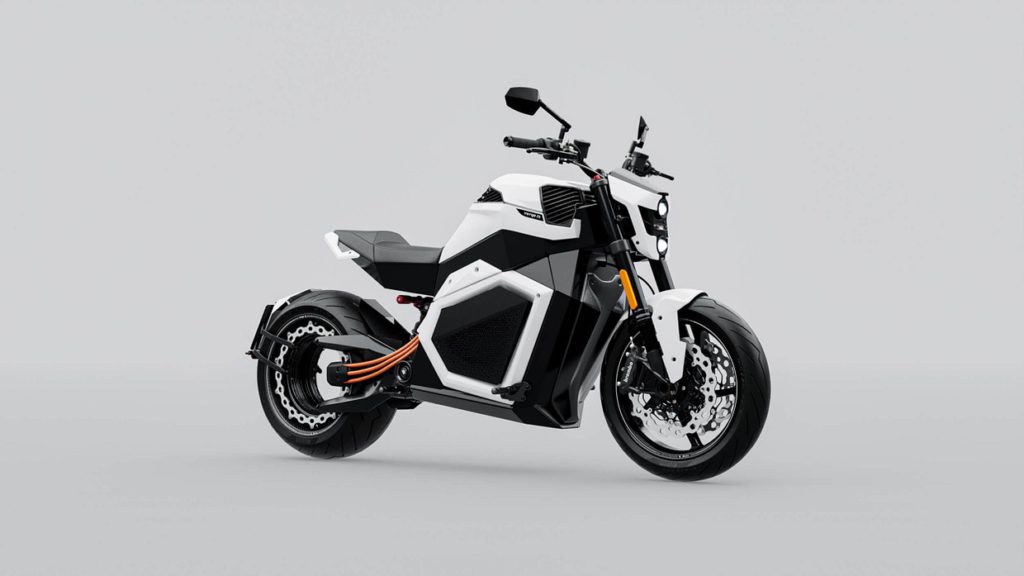Verge Motorcycles has demonstrated the impressive capabilities of its electric motorcycles by completing an ambitious 850-mile (1,366 km) journey in just 24 hours. This adventure from Monaco to Madrid showcases how electric motorcycles are evolving beyond urban commuters to become viable options for long-distance travel. The journey highlights the company’s innovative technology, design philosophy, and the changing landscape of electric transportation. Let’s explore the three key aspects of this remarkable achievement.
An Ambitious Endurance Challenge

Embarking from glamorous Monaco, the Verge Motorcycles team set out on an ambitious challenge: covering 850 miles to reach Madrid within a single 24-hour period. This journey took them through picturesque mountain landscapes and along busy highways, requiring careful planning and frequent stops for charging.The range depends significantly on riding style and speed. On a trip like this, where the team was riding at highway speeds of over 100 km/h [60 mph] for extended periods, the range naturally decreases. In these conditions, a full charge (100% → 0%) gives around 250 km [155 miles] of range.
This real-world range meant multiple charging stops were necessary to complete the journey – similar to how a traditional motorcycle would require several fuel stops over the same distance. The team needed to adapt to varying road conditions and carefully manage their energy consumption throughout the trip. While not a formal record attempt, Verge claims few electric motorcycles have completed a journey of this distance within such a timeframe, highlighting how electric motorcycle technology has advanced to make long-distance travel feasible, if still more logistically complex than with conventional motorcycles.
Revolutionary Hubless Design

What makes the Verge TS Pro truly stand out is its revolutionary hubless rear wheel design. Unlike conventional motorcycles with chain or belt drives connected to a hub-centered motor, the Verge integrates its electric motor directly into the rim of the rear wheel. This creates the distinctive hollow center that makes the bike instantly recognizable and turns heads wherever it goes.
This innovative design isn’t just for visual impact – it delivers practical benefits by eliminating the need for traditional drivetrain components like chains, belts, and the associated maintenance they require. The direct-drive rim motor helps increase efficiency while drastically reducing maintenance expenses. The motor delivers an astounding 737.5 lb-ft (1,000 Nm) of torque directly to the wheel, contributing to the bike’s impressive 0-60 mph acceleration time of just 3.5 seconds and a top speed of 125 mph (200 km/h).
Originally developed when the company was known as RMK Vehicle Corporation (before changing to Verge Motorcycles in 2020), this hubless design remains one of the most visually striking and technically innovative approaches in modern motorcycle engineering.
The Evolving Capabilities of Electric Vehicles

This journey represents more than just an achievement for Verge – it symbolizes the rapidly advancing capabilities of electric vehicles as a whole. With a maximum range of 217 miles (350 km), fast charging to 80% capacity in 35 minutes, and performance figures competitive with high-end internal combustion motorcycles, the Verge TS Pro demonstrates how far electric motorcycle technology has progressed.
The bike includes modern features like regenerative braking to recapture energy during deceleration, heated grips for rider comfort, and multiple ride modes to balance performance and range depending on the situation. While its $29,900 price tag places it firmly in the premium segment of the market (with deliveries scheduled to begin in the third quarter of this year), it represents the leading edge of what’s possible with current technology.




























